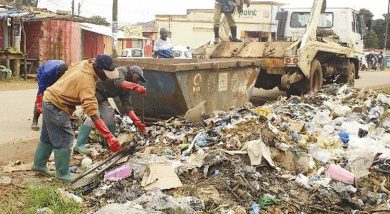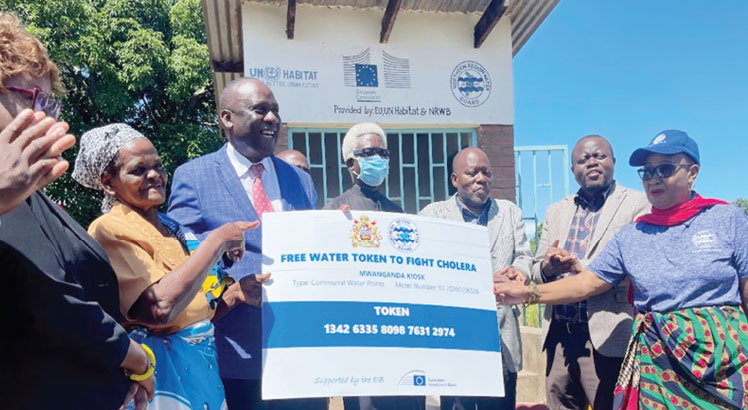The Giving Trees

When students arrive to class at Namilongo School, a small oasis of neatly planted trees and shrubs along the walkways and common spaces welcome them. It was not always this way, though, recall both teachers and learners.
Head Teacher,Mrs Rhoda Mpumira, explains how participating in WFP’s Food Assistance for Assets (FFA) intervention has provided grass, trees, flowering plants and, as a result, soft and shady spots to play and learn. “This has contributed to an overall improved environment and ambience at what was before the programme a dusty and less inviting place,” she said. Mrs Rhoda hints at a pride and energy in the halls and passageways of the school as a result, and more enthusiasm, both from learners and educators.

Elube Ma’Jaliwe,14-years-old, mentions how before the school was bare and dusty. “We had nowhere to sit or play when the sun was shining. We would cough more and could never keep our uniforms clean,” says Elube. Now, thanks to the school beautification component of the project, learners can enjoy their school more.
Matilda Chikondo, a member of the parent committee, explains that the integration programme at Namilongo School centres on four components: school beautification such as planting grass, trees and flowers; a fruit orchard that not only helps with reforestation but also provides fruits for the children; a school veggie garden as well as a nursery. “Since 2019, we have planted over 4,000 trees. The veggie garden provides money from the sales which is used to help kids in need for school supplies and uniforms,” says Matilda.

The activities carried out at Namilongo School fall within WFP’s integrated portfolio in Malawi, where linkages are established between smallholder farmers working on asset creation and environment restoration schools participating in WFP’s school feeding programme. These linkages aim at creating the most positive impact by enhancing synergies between WFP interventions.
“I have been supported by WFP since 2017 to improve our farming practices and increase our yield. As a community, we felt it was also important to support the school. I have two children in this school; they receive school meals” says Matilda. This is how we come together to make sure our children also benefit from a better learning environment.”
In 2020, WFP’s programmes produced and planted 7.2 million tree seedlings in eight districts across Southern Malawi. Furthermore, since the start of our resilience-building programme in 2017, over 9,000 hectares of community woodlots (roughly equivalent to 12,000 soccer pitches) were established, and 14,000 hectares of land brought under plantation/rehabilitated (equating to roughly 20,000 soccer pitches). In addition, over 150,000 households have been using fuel-efficient stoves built locally, thereby reducing firewood consumption.
Thanks to the support of USAID Bureau of Humanitarian Assistance (USAID BHA), WFP is supporting 85,000 food-insecure households through the construction or rehabilitation of assets that strengthen their resilience to climatic shocks. In parallel, the European Union is supporting WFP Malawi to provide school meals to 280,000 pupils in 200 primary schools. To the extent possible, WFP strives to reinforce synergies between these interventions all in line with government policies.





